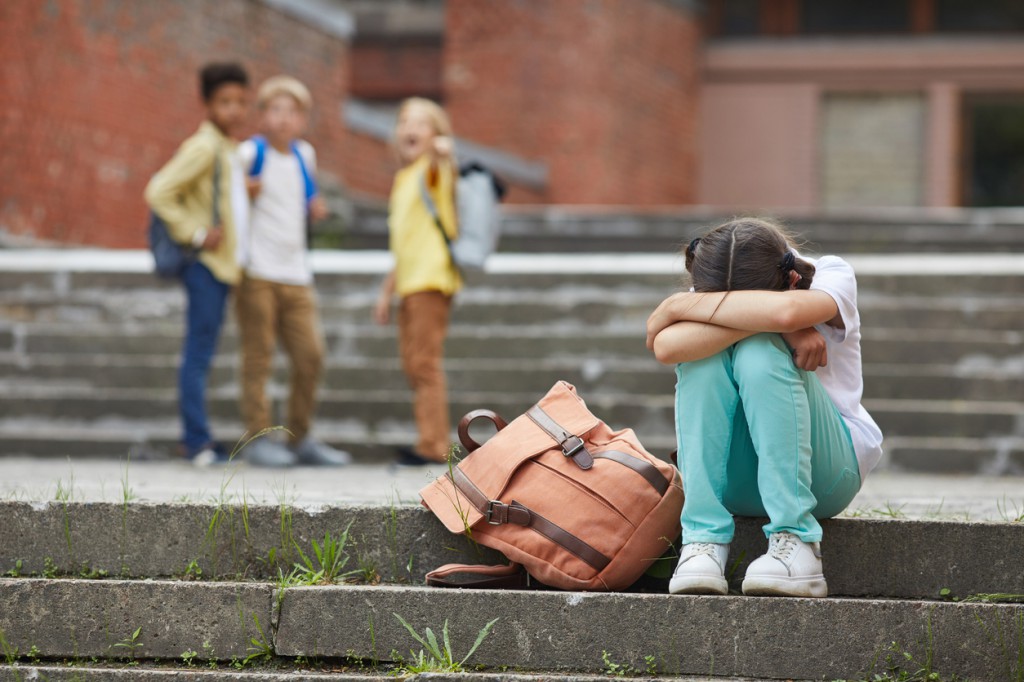
Bullying remains a pressing issue in schools across the globe, impacting the lives of countless students and often leaving lasting emotional scars. As we gear up for another school year, it’s crucial to shine a spotlight on bullying prevention and awareness. In this blog post, we will explore the importance of recognising and preventing bullying in schools and provide practical tips for students, parents, and educators on how to address this issue effectively.
The Impact of Bullying:
Bullying is not just a rite of passage; it’s a serious problem with severe consequences. It can lead to emotional distress, decreased academic performance, and even physical harm. Moreover, the effects of bullying can extend into adulthood, affecting a person’s mental health and self-esteem.
Recognising Bullying:
One of the first steps in combating bullying is recognising it. Bullying can take various forms, including verbal, physical, social, and cyberbullying. It’s essential for both students and adults to be vigilant and identify the signs:
- Physical bullying: This involves physical aggression, such as hitting, pushing, or stealing belongings.
- Verbal bullying: Verbal abuse includes name-calling, teasing, and hurtful comments.
- Social bullying: Social exclusion, spreading rumours, and manipulating relationships are examples of social bullying.
- Cyberbullying: With the rise of technology, online harassment through texts, social media, or emails is a growing concern.
Preventing Bullying:
- Open Communication: Encourage students to communicate openly with parents and teachers about any bullying they witness or experience. Establish a safe space for them to voice their concerns.
- Education and Awareness: Schools should conduct regular anti-bullying programs and workshops to raise awareness about the issue. These programs can teach students empathy, respect, and the importance of standing up against bullying.
- Establish Clear Policies: Schools should have comprehensive anti-bullying policies in place. These policies should outline the consequences of bullying behaviour and provide clear reporting mechanisms.
- Peer Support Programs: Implement peer mentoring or support programs to create a sense of community among students. Empower students to be active bystanders who intervene when they see someone being bullied.
- Online Safety: Educate students about responsible internet use and the potential consequences of cyberbullying. Teach them how to protect themselves and report online harassment.
- Adult Intervention: Adults should take all reports of bullying seriously. It’s their responsibility to investigate incidents thoroughly, protect the victim, and impose appropriate consequences on the bully.
Supporting Victims:
For those who have experienced bullying, support is crucial:
- Seek Professional Help: Encourage victims to seek counselling or therapy if they are struggling with the emotional aftermath of bullying.
- Build Self-Esteem: Focus on rebuilding the victim’s self-esteem and self-worth through positive reinforcement.
- Legal Measures: In extreme cases, legal action may be necessary. Ensure that victims know their legal rights and options.
Bullying prevention and awareness should be at the forefront of our efforts as we send our children back to school. By recognising the signs, preventing bullying through education and clear policies, and providing unwavering support to victims, we can work towards creating safer, more inclusive school environments where every student can thrive without fear of harassment or harm. Together, we can make a positive difference in the lives of our students and foster a culture of kindness, empathy, and respect in our schools.



